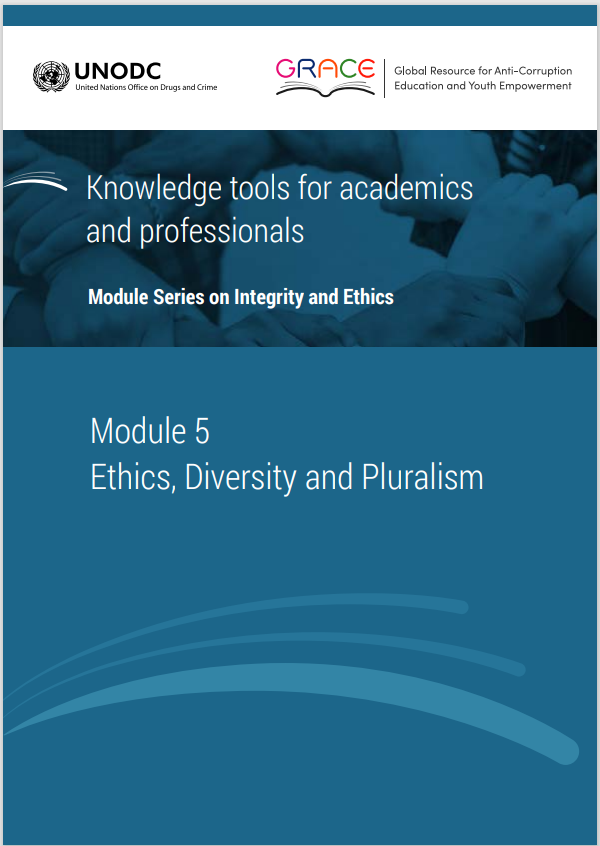This module is a resource for lecturers
Guidelines to develop a stand-alone course
This Module provides an outline for a three-hour class, but there is potential to develop its topics further into a stand-alone course. The scope and structure of such a course will be determined by the specific needs of each context, but a possible structure is presented here as a suggestion.
|
Session |
Topic |
Brief description |
|
1 |
Introduction |
Introduction to the scope and definition(s) of diversity, toleration and pluralism |
|
2 |
Religious belief and diversity |
Introduction to religious belief as a source and sometimes solution for diversity |
|
3 |
Cyrus the Great and religious diversity |
The historical context of this important figure and the Cyrus Cylinder |
|
4 |
John Locke and religious diversity |
An overview of John Locke and his philosophy |
|
5 |
Malala and religious diversity |
Malala and the wider issues around toleration in Islam |
|
6 |
Intersectionality |
The idea of intersectionality, using the article of Crenshaw |
|
7 |
Gender and diversity |
Gender issues as a point of discussion around diversity and pluralism |
|
8 |
DNA, science and gender orientation |
Use of the video on DNA and origins to discuss what diversity should look like |
|
9 |
Rustin and intersectionality |
The life and history of Bayard Rustin, with a focus on the intersectional elements of his life |
|
10 |
Activity |
Intersectionality constitution or Model United Nations simulation |
|
11 |
Conclusion |
Bringing together themes arising from Module |
